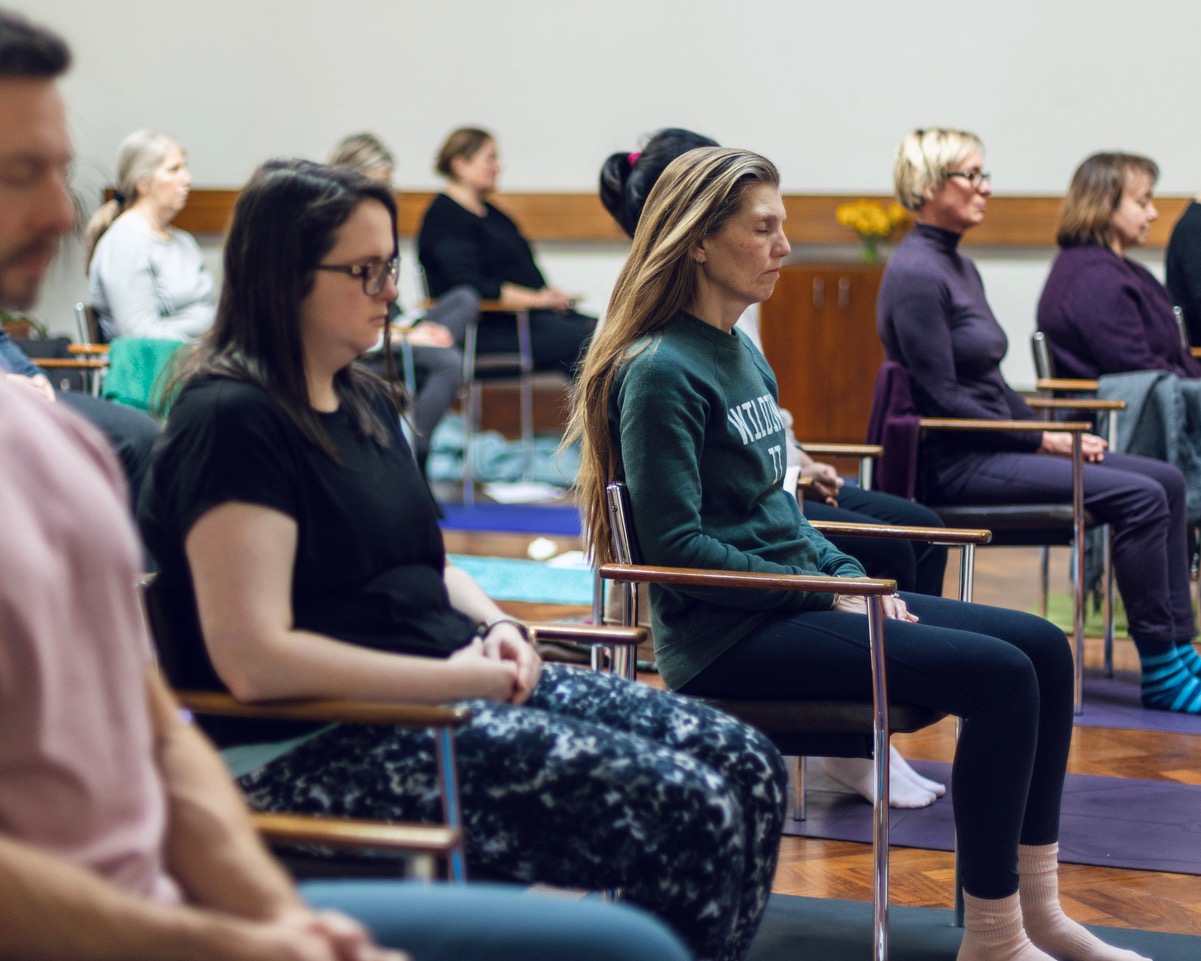We’ve been teaching meditation for over two decades, and in that time we’ve seen an explosion in the number of techniques and practices labelled as meditation. It’s not hard to see why. There’s an urgent need to counter-balance the roller coaster of life in a way that actually works and doesn’t have negative side-effects.
Much of the growth in meditation is in mindfulness-based approaches, now a multi-billion dollar industry. Originating out of the Buddhist tradition, mindfulness has been packaged in a way that minimises the religious overtones to make it more accessible.
The other stand-out area of expansion is the ‘meditation app’ approach. The market for these apps is huge and it’s an easy way to access mindfulness or guided techniques.
On balance it’s positive there’s more awareness about meditation. The watch-out is that with so much demand, the market fills up with products of varying quality and effectiveness. We see many things that are called meditation that have little positive impact. Many techniques don’t deliver because the fundamentals aren’t in place. This results in confusion and misunderstanding about the value of all meditations. It might also mean someone tries something and when it doesn’t work they think meditation is not for them, when the fault actually lies in having had a sub-optimal experience.
3 approaches to meditation.
Broadly there are three main styles of meditation:
- Concentration or Focused Attention
It’s in the name. This approach involves fixing your attention on something with the aim of not thinking anything else. It might be concentrating on a candle, staring at an image or simply focusing on your breath. The goal is to create and maintain a state of silence. This approach takes effort and discipline to maintain. In my experience, people often find it too much hard work and abandon the process pretty quickly.
- Open Monitoring
This approach is also known as mindfulness. Open Monitoring meditation directs the meditator’s awareness to feelings, thoughts or breathing, with a mood of non-judgment and detachment. The practitioner looks to maintain a sense of calm in the midst of a thought-filled mind. The goal is to become more grounded by developing awareness of the present moment, rather than overreacting to the situation.
- Automatic Self-Transcending
This is the meditation style we practice and teach – we refer to it as Vedic Meditation. It involves the use of a sound called a mantra to orient the mind towards quieter levels of thinking. The mantra is like a vehicle that the mind hops onto, and automatically the mind moves with the mantra to experience finer and finer layers of thinking. A point comes when the mantra disappears and the mind falls quiet. This is a state of pure inner contentedness for the mind. The mind is alert, however there are no thoughts going on.
Different meditations have different effects.
Just as different meditation techniques are approached and practised differently, they also produce very different effects on the mind and body.
When examining different techniques, there are three aspects we look at:
- What’s the effect on brain functioning?
The brain is the most important organ in the human body, governing and coordinating our thoughts and actions at the centre of the nervous system. Therefore it makes sense to know what impact a particular practice is having on the brain. Through the use of neural imaging and EEG we can see different parts of the brain are activated and developed with each of these styles.
- How deeply are you resting?
One of the most important benefits of meditation, is the deep rest that it delivers. Much deeper than sleep. We all know how much better we feel and perform when we’re well rested, so having a regular way of resting deeply is key.
- Is it easy, enjoyable, and practical?
Perhaps this is the most important of all. Meditation only works when you do it. Is it easy? Do you look forward to meditating? Or does it feel like hard work? Can you fit this in to your life?
At our Introductory Talks we’ll often ask: “How many people have tried meditation?” About 8 out of 10 hands go up. Then we ask: “And how many of you are meditating every day?” Maybe one hand stays up. Yes, meditation is popular, but finding a practice that you are motivated to do and that fits with your lifestyle can be challenging.
On a personal level we know if meditation wasn’t easy and enjoyable we wouldn’t give it the priority we do. Our students look forward to meditating every day because it feels good to do it. Even more important, they feel better having done it.
